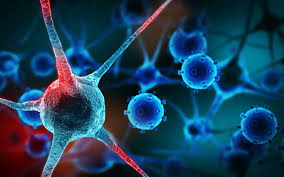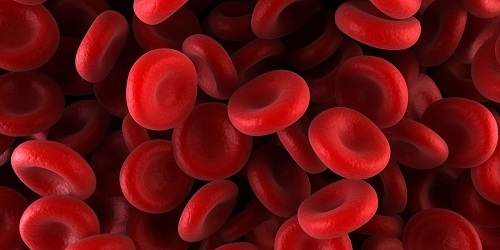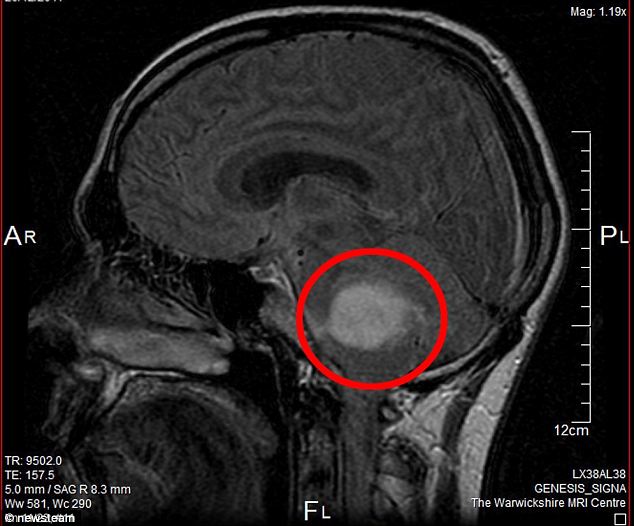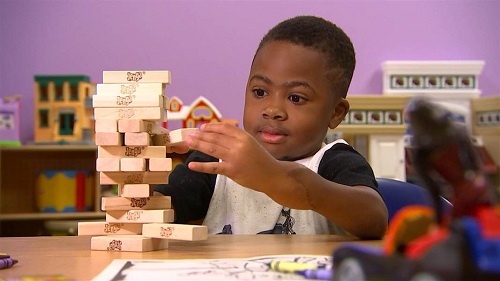
In order to find the answer as to why targetted treatment usually afford only a respite from aggressive lung cancer tumours, a team of scientists from Cold Spring Harbor Laboratory, US, has proposed a novel theory of how some cancers circumvent the killing power of targetted therapies.
Associate Professor Raffaella Sordella and her colleagues have published evidence in the journal eLife suggesting how a tiny subset of cells in or around a cancerous tumour, if left undisturbed by initial cancer treatment, can change characteristics over time and become the seeds of what the patient experiences as a fatal relapse.

“It’s well known that individual tumours are heterogeneous. They’re made up of cells that look and behave very differently from one another. These basic differences among cells within a single tumour can be caused by non-genetic mechanisms including cell-to-cell signalling, which can include the release of cytokines, small proteins that engage cells of the patient’s immune system and alter tumour dynamics,” says Sordella.
“Genetic mutations can occur as the tumour is evolving over time. Sometimes these mutations cause changes in the activity of other genes, further destabilising the cell,” she adds.
Her team’s new results provide evidence that phenotypic diversity — non-genetic changes of a tumour cell’s shape, surface markings, behaviour — can actually be the cause of genetic diversity in the tumour, helping it to survive, thrive, and eventually kill the patient.

The scientists’ key discovery concerns the activation of a pathway involving the multi-faceted signalling molecule TGF-β (transforming growth factor-beta). In tumour-derived cell lines and tissue samples from people with lung cancer, they found that TGF-β is activated in a particular subset of cancer cells generated via a non-genetic mechanism.
TGF-β in these cells decreases the expression of genes that are involved in DNA repair. Because the repair of DNA damage in these cells is less active than normal, these cells tend to disproportionately accumulate gene copy number alterations (CNAs). Consequently, the overall population of these tumour cells become more diverse.
“It was great not only to be able to describe these findings in the context of traditional in vitro cancer cell line models, but also in real patients. This was possible thanks to our collaboration with the thoracic surgery departments of Huntington Hospital and LIJ, spurred and supported by the new alliance between CSHL and the Northwell Health system,” says Sordella.
She notes that it has already been shown in other biological systems that increased genetic diversity can enable populations of bacteria or viruses, for instance, to better adapt to changing conditions.
Sordella’s team succeeded in showing that the accumulation of genetic diversity in cancer cells with damaged DNA repair mechanisms could contribute to the occurrence of resistance after the exposure of the cells to drugs used to treat tumours.
“A corollary to this discovery,” Sordella says, “is that killing cancer cells that are more genetically unstable in the earlier stages of tumorigenesis could result in improved outcomes in currently used cancer treatments.”
In an effort to identify a possible Achilles’ heel of these cancer cells, Sordella joined hands with Gregory Hannon, Professor at Cancer Research UK-Cambridge Institute and a CSHL adjunct professor. They identified multiple possible targets. Among them was IL-6 (interleukin 6), an immune system component that protects cells from diverse injuries.
Since multiple IL-6 inhibitors have been developed and tested in clinical trials, it is possible, says Sordella, that novel therapeutic approaches, perhaps involving a combination of targetted therapy plus therapy locally targetting IL-6, will yield improved results in patients.
She says that tests are under way for agents that target IL-6 and might be combined with other forms of anti-cancer therapy.
Be a part of Elets Collaborative Initiatives. Join Us for Upcoming Events and explore business opportunities. Like us on Facebook , connect with us on LinkedIn and follow us on Twitter , Instagram.











